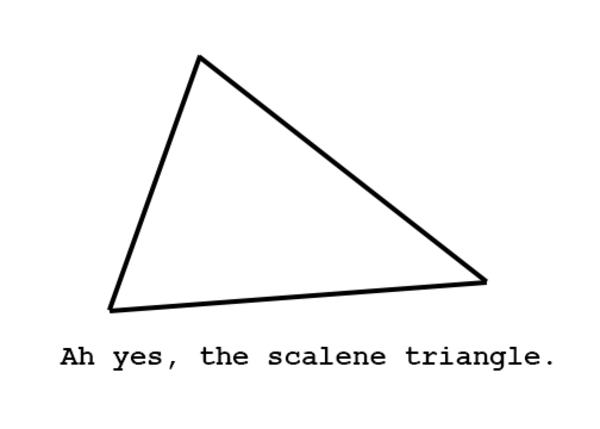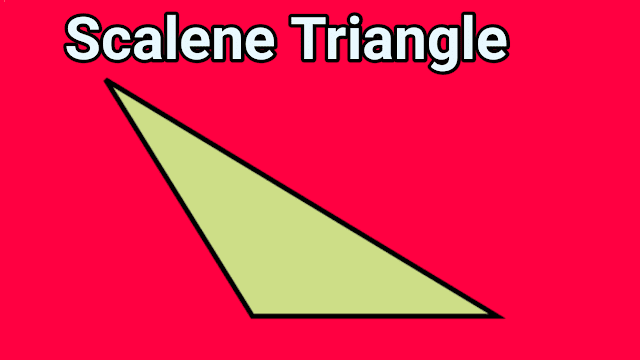

Journal of Experimental Psychology: Human Perception & Performance 8(5), 693–708 (1981)

Palmer, S., Bucher, N.M.: Textural effect in perceiving pointing of ambiguous triangle. (eds.) Object perception: Structure and process, Hillsdale, NJ, pp. Palmer, S.E.: Reference frames in the perception of shape and orientation. Palmer, S.E.: What makes triangles point: Local and global effects in configurations of ambiguous triangles. Jahresbericht des Physikalischen Vereins zu Frankfurt am Main, 37–47 (1854-1855) Oppel, J.J.: Über Geometrisch-optische Täuschungen. Voss, Leipzig (1866) Kristof, W.: Versuche mit der Waagrechten Strecke-Punkt-Figur.

Von Helmholtz, H.: Handbuch der Physiologischen Optik, Part III. American Journal of Psychology 81, 447–453 (1968)ĭa Pos, O., Zambianchi, E.: Visual illusions and effects. KeywordsĪttneave, F.: Triangles as ambiguous figures. We suggest that the preference for such principles can be emulated using a fuzzy algorithm that capture the gist of humans’ preferences for symmetry. Conversely, the shape variation of the large triangle induced by the bevelling of the large triangle influences the perceived strength and direction of the grouping of the inner small triangles. This creates the illusion of a scalene triangle: small and large isosceles triangles appear as scalene. The results demonstrated that the grouping principles influence not only the way elements in the visual field “go together” to form an integrated, holistic (Gestalt) percept, but also the local and the whole shape perception: the grouping by similarity influences both the pointing and the shape of both the small and the large isosceles triangles. The specific questions answered in the psychophysical experiments were the following: Can the grouping by similarity influence both the pointing and the shape of the small and the large isosceles triangles? Conversely, can the shape of the large triangle influence the perceptual strength and direction of the grouping of the inner elements? As for the algorithm implementation, we wanted show that a fuzzy operator, usually employed in symmetry detection, can as well represent such a preference by obtaining a human-like performance. The role of grouping in influencing shape perception and the role of directional symmetry was demonstrated through small triangles that create a large triangle. The main purposes of this work are to demonstrate the role of directional symmetry as a second order principle that polarizes the perception of the shape and to show how this preference can be easily encoded in an algorithm using a fuzzy operator for symmetry detection.


 0 kommentar(er)
0 kommentar(er)
